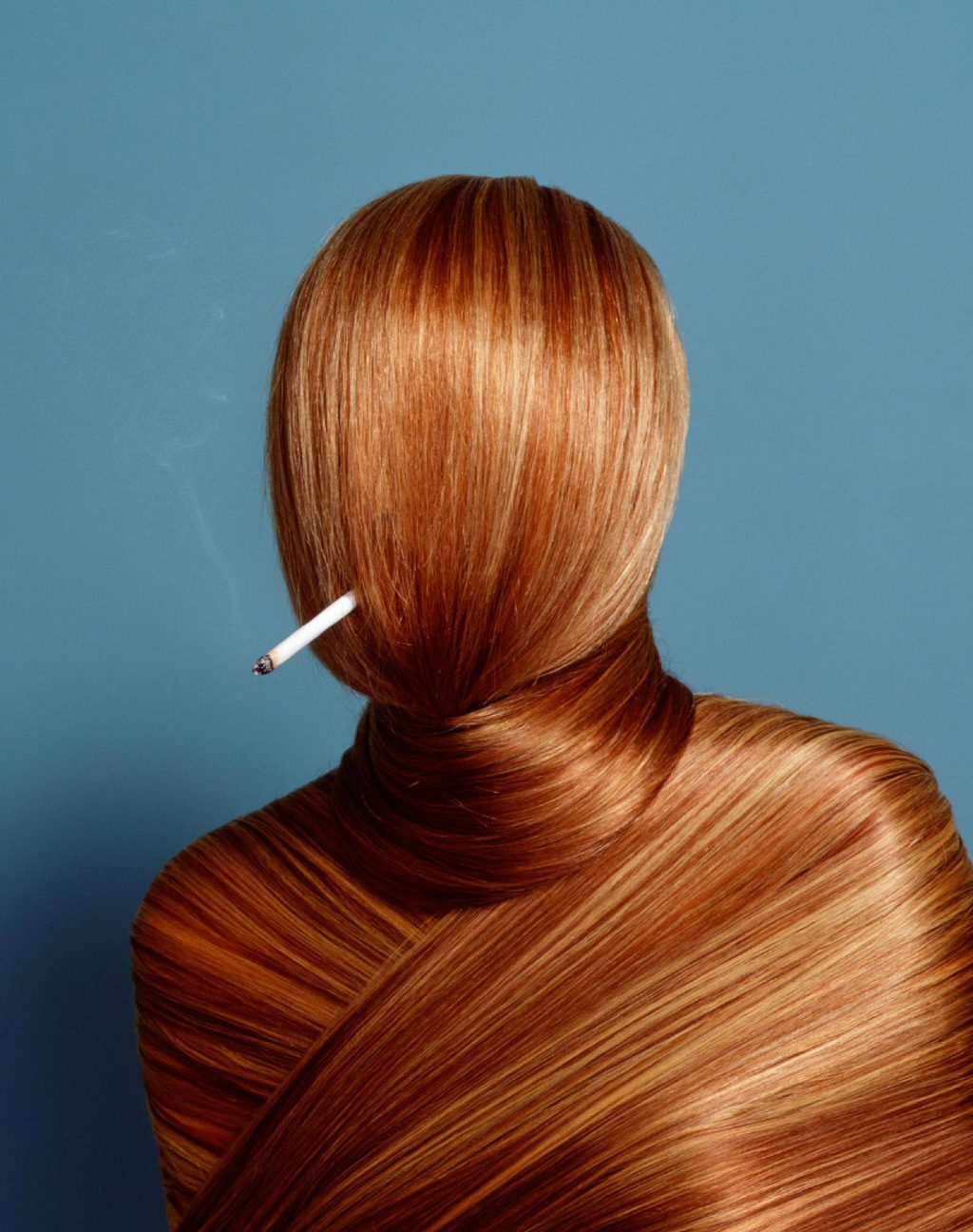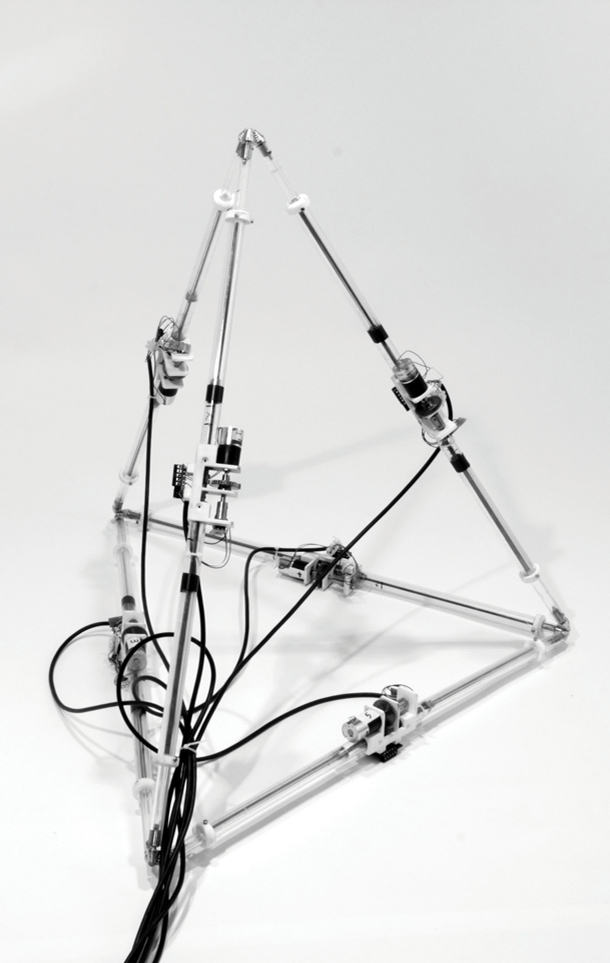
Ricardo Barreto and Paula Perissinotto
CYBERDANCE
This net art by Ricardo Barreto and Paula Perissinotto offers us a split, fragmented, impossible dance, in a divided, multiplied space. Cyberdance consists of the combination and recombination of elements that represent the different parts of the human body. A mannequin was photographed as a model in different positions. These images were later converted to the animated form, allowing users to combine them in different ways, as well as link them to different dance terms, to the names of postures and positions of classical ballet. On a page divided into frames containing fragments of the mannequin, we can see his head, legs, torso and arms rotating, while allowing us to subdivide each frame by clicking on it, each frame composing an aberrant doll whose fragments dance, silently, independent one from the other. There is no music, no rhythm, no space. It is a digital dance, a dance in which time and space have become a platform.

















